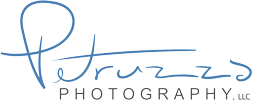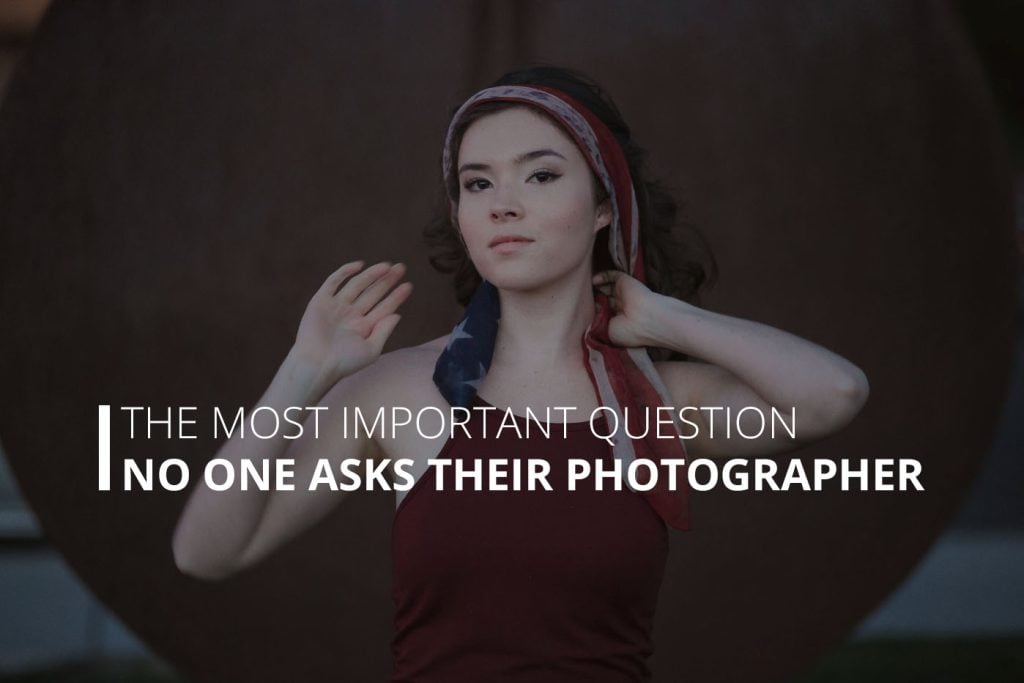There are so many good questions to ask your photographer before you hire them. How many of [this kind of shoot] have you done? Do you remove blemishes from photos? What’s your shooting style? Will you tell me how to pose? The list could go on. And it does, across many, many blog posts, on many many websites, all over the internet. So, I’ll spare you.
But there’s one question that almost never comes up. It’s a question that many wouldn’t even think to ask. It’s a question about the part of your photography experience that is totally invisible to you; what happens when your part of the session is over, and your photographer spins a loom and sprinkles some magic dust, and presto, you suddenly have some gorgeous images. The question is not “will you edit my photos?”, and it’s not “how will you edit my photos?”.
The question is “who edits my photos?”
For most kinds of digital photography, what happens after the images are taken is at least 50% of the creative process. There is no technically “correct” way to finish an image. It used to require a lot of patience to think about how you wanted your picture to look before you took it, and that gave the impression that an image could look like it was done “correctly”. Even then it wasn’t exactly true. Digital cameras moved that process to the back end. Often an image may look just as good a little overexposed as it does a little underexposed, among other things, and which direction it goes depends a great deal on the photographer’s vision or personal style.
That is, unless the photographer is just creating some unprocessed images and then handing them off to an editing farm somewhere. At that point, it’s less “someone’s artistic vision” and maybe slightly more, “someone’s running out the clock before lunch”.
Who edits your images is usually just as important to the final result as who shoots them, it’s just less obviously so. Photographers today often intentionally do not capture images that would look good right out of the camera. Even technically speaking. They might appear flat, or too dark, or too bright, as the photographer prioritizes some tonal data that would be important to the final image, and ignores other data that is not. That’s because when an experienced photographer is shooting, they’re not just thinking about the shot they’re taking now, they’re also thinking about what direction they’ll want to go with that image later.
This makes the editing process a real consideration for you. You don’t want it to just be ok, you want it to be great. No one sees greatness in the potential of their work quite like its creator, so it’s important to know that your photographer is going to see their vision through, one way or another. I’m not suggesting you write off a photographer who does not always edit their own images. But I am suggesting that you ask so that they can share with you what their whole creative process looks like and why they uses the particular editor they do. Even here in Petruzzo Photography we occasionally hand editing off to each other, but only provided the editor has a good handle of the photographer’s stylistic direction.
You don’t have to fully understand your photographer’s answer, but you should be convinced that your photographer has a vision and the decision of who does the editing is in service to that vision, and not simply to make less work for themselves.

